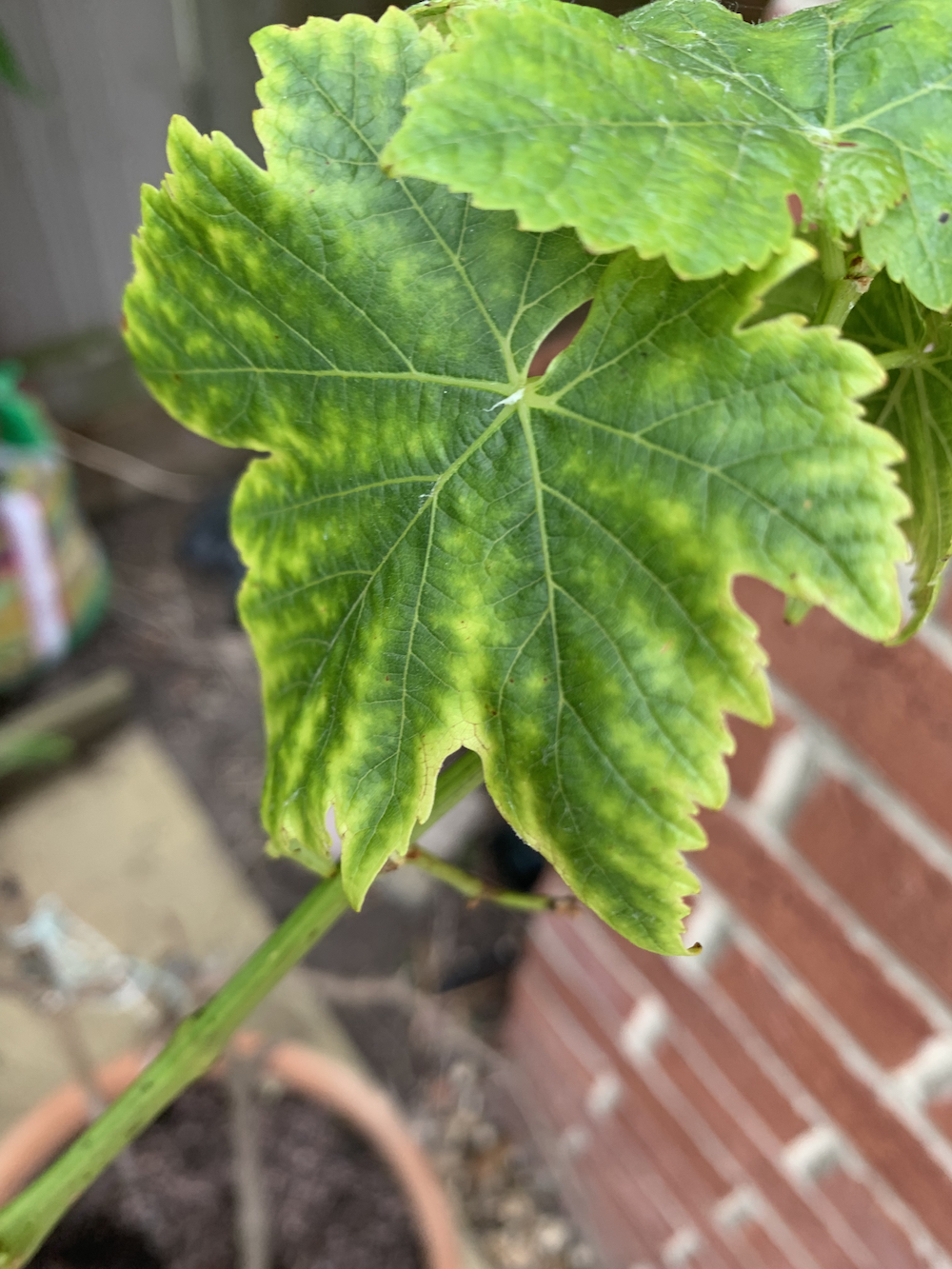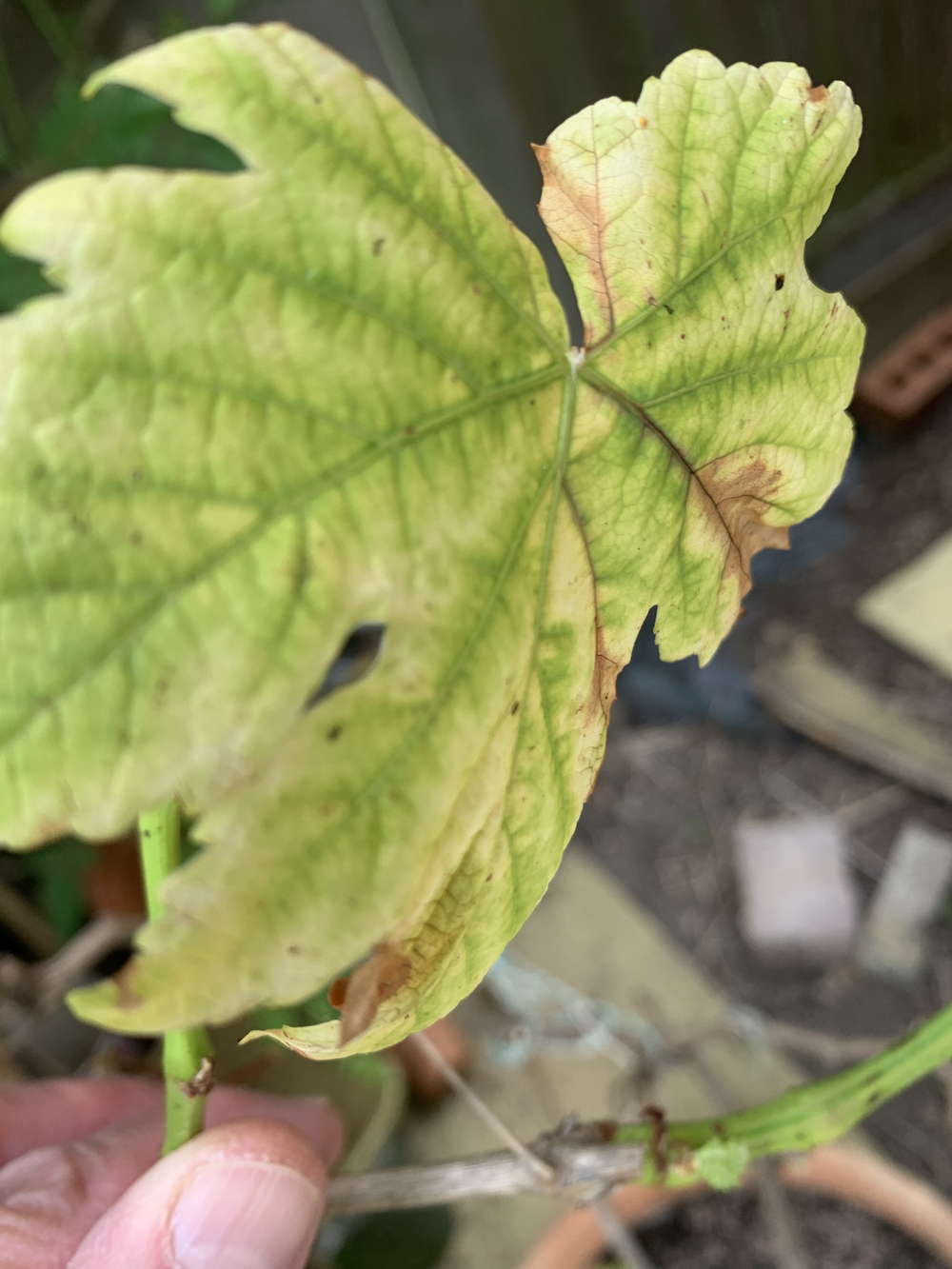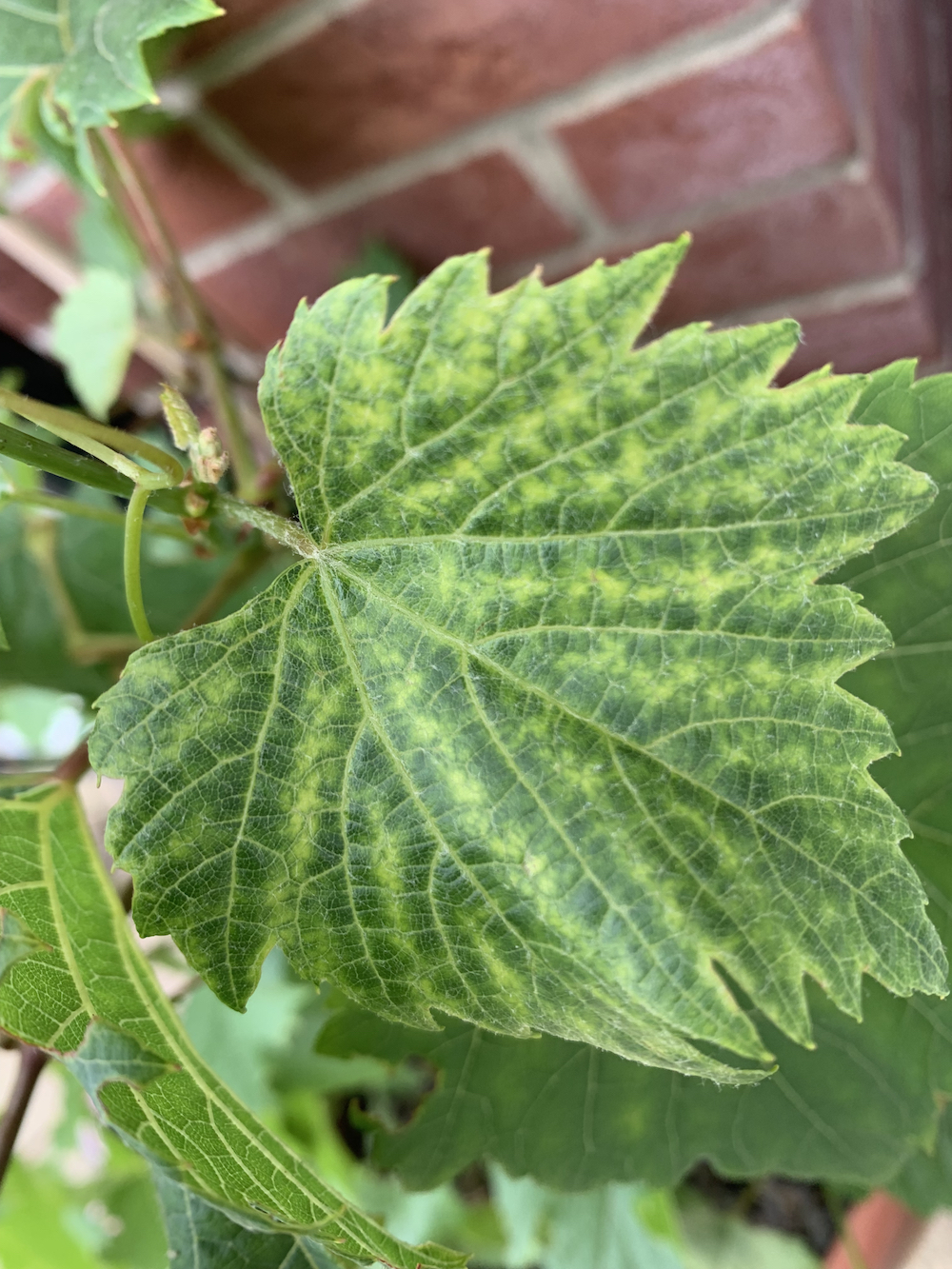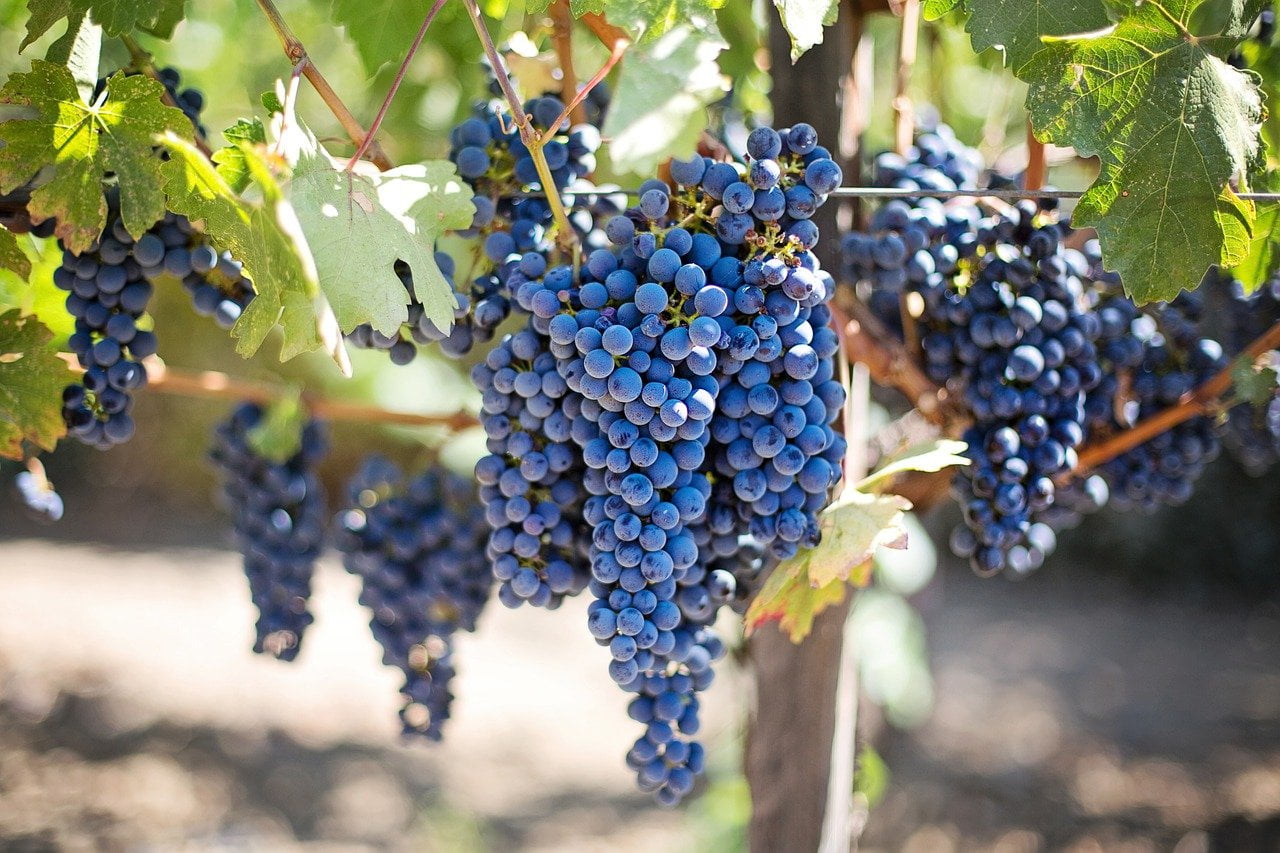Ask a Gardening Question Forum
 Lee Burkhill: Award Winning Designer & BBC 1's Garden Rescue Presenters Official Blog
Lee Burkhill: Award Winning Designer & BBC 1's Garden Rescue Presenters Official Blog

Welcome to the ultimate beginner gardening and garden design forum! Where no gardening question is too silly or obvious. This online gardening forum is run by Lee Burkhill, the Garden Ninja from BBC 1's Garden Rescue and a trusted group of experienced gardeners.
Whether you are a beginner or an expert gardener, it's a safe place to ask garden-related questions for garden design or planting. If you have a problem in your garden or need help, this is the Garden Forum for you!

Posting Rules: This space is open for all garden-related questions. Please be polite, courteous and respectful. If you wouldn't say it to your mum's face, then don't post it here. Please don't promote, sell, link spam or advertise here. Please don't ask for 'cheeky' full Garden redesigns here. They will be deleted.
If you need a garden design service, please use this page to book a design consultation. I will block anyone who breaks these rules or is discourteous to the Garden Ninja Community.
Join the forum below with your gardening questions!
Quote from Graeme on 4th August 2024, 11:05 amHi,
I'm Graeme. I'm in my 60s and live in Buckinghamshire. My partner does most of the gardening but I've always dabbled a bit. So I have some knowledge of some plants, but am in no way an expert.
I'm looking for advice about grape vines. I have two plants, a black grape given to me by my late mother (and so has some sentimental meaning for me) and a prosecco grape plant that I bought as a gift for my partner that I somehow have ended up being responsible for ! Ha ha!
Both plants are in pots. The white grape plant is really struggling this year and has lacked vigour despite being given a top dressing of compost in the spring. It has barely shown any growth and what leaves it has are sufferingyellowing/variagation of leaves etc. From what I've read it's a form of chlorosis but I don't know which type. I've tried Epsom salts without success. I've also tried Tomorite (to boost potassium?) again with little success. The plant has thrown out a few new leaves, but again with little vigour.
Now the other plant (which has been doing really well this year after I repotted it last year) has started to produce stripey leaves.
I've tested the soil and it is neutral/slightly alkaline.
Any advice would be gratefully received.
Hi,
I'm Graeme. I'm in my 60s and live in Buckinghamshire. My partner does most of the gardening but I've always dabbled a bit. So I have some knowledge of some plants, but am in no way an expert.
I'm looking for advice about grape vines. I have two plants, a black grape given to me by my late mother (and so has some sentimental meaning for me) and a prosecco grape plant that I bought as a gift for my partner that I somehow have ended up being responsible for ! Ha ha!
Both plants are in pots. The white grape plant is really struggling this year and has lacked vigour despite being given a top dressing of compost in the spring. It has barely shown any growth and what leaves it has are sufferingyellowing/variagation of leaves etc. From what I've read it's a form of chlorosis but I don't know which type. I've tried Epsom salts without success. I've also tried Tomorite (to boost potassium?) again with little success. The plant has thrown out a few new leaves, but again with little vigour.
Now the other plant (which has been doing really well this year after I repotted it last year) has started to produce stripey leaves.
I've tested the soil and it is neutral/slightly alkaline.
Any advice would be gratefully received.



Quote from Lee Garden Ninja on 6th August 2024, 1:56 pmHi @graeme
Nice to see a fellow grape keeper! I have kept vines for years, most of the time, they are almost too vigorous to control, but then either time, they get powdery mildew or chlorosis like yours! Chlorosis is a lack of chlorophyll in the leaves, making stripes or yellow patches. Because the plant lacks chlorophyll, it can't convert sunlight into energy and grow p[properly. So chlorosis in grape vines deuces vigour and then lets other pests in as it acts as a vector for this.
You're right in understanding that most plants need a slightly acidic soil. Test your soil's pH and adjust it according to the plant's needs. Most plants prefer a slightly acidic to neutral pH (6.0-7.0). Add lime to raise pH or sulfur to lower it.
The quickest way is to make sure they have access to a rich peat free compost and or liquid plant feed that's well balanced. Tomato feed is high in potassium and usually used for fruits rather than foliage. So better to be used with the grape is in fruit.
What I would do is get these vines into either really large pots or the ground as they are super hungry once they get going. Vines tend to not do well in containers unless they are really big and constantly fed during the growing season.
Let's take a quick look at the three main deficiencies that cause grape chlorosis for other readers.
Correct Nutrient Deficiencies
Identify which nutrient is lacking and amend the soil accordingly:
- Iron Deficiency: Apply chelated iron or iron sulfate to the soil.
- Nitrogen Deficiency: Use a balanced fertilizer with a higher nitrogen content.
- Magnesium Deficiency: Add Epsom salts (magnesium sulfate) to the soil.
My recommendation would be a good balanced fertilizer and a liquid feed until they perk up. Then consider getting these specimens in the ground and then you'll be awash with foliage and in hot summers some grapes!
Below I've also listed a few common grape problems for other Ninjas who may be uncertain as to whether they have chlorosis or another grape problem.
1. Powdery Mildew
- Symptoms White, powdery fungus on leaves, stems, and grapes.
- Solutions
- Ensure good air circulation by proper pruning.
- Apply fungicides such as sulfur or neem oil.
- Remove and dispose of infected plant parts.
2. Downy Mildew
- Symptoms Yellowish oil spots on leaves, white downy growth on the underside.
- Solutions
- Improve air circulation and reduce humidity around plants.
- Use copper-based fungicides.
- Avoid overhead watering to keep leaves dry.
3. Black Rot
- Symptoms Black spots on leaves, shriveled black fruit.
- Solutions
- Prune and destroy infected plant parts.
- Apply fungicides like myclobutanil or mancozeb.
- Maintain good garden hygiene by cleaning up fallen debris.
4. Botrytis Bunch Rot (Gray Mold)
- Symptoms Gray mold on clusters, especially in humid conditions.
- Solutions
- Improve air circulation with proper pruning.
- Use fungicides such as fenhexamid or iprodione.
- Avoid overcrowding of vines.
5. Anthracnose
- Symptoms Small dark spots on leaves, stems, and fruit, leading to lesions.
- Solutions
- Apply fungicides like captan or chlorothalonil.
- Prune and remove infected plant parts.
- Ensure good air circulation.
6. Pierce’s Disease
- Symptoms Scorched leaves, stunted growth, and vine death.
- Solutions
- There is no cure; remove and destroy infected plants.
- Control insect vectors like sharpshooters with appropriate insecticides.
- Plant-resistant grape varieties.
7. Phylloxera
- Symptoms Yellowing leaves, galls on roots.
- Solutions
- Plant resistant rootstock.
- Use systemic insecticides if infestation is severe.
- Practice good vineyard sanitation.
8. Nutrient Deficiencies
- Symptoms Yellowing leaves, poor growth, small fruit.
- Solutions
- Conduct a soil test to identify deficiencies.
- Amend soil with appropriate fertilizers (e.g., nitrogen, potassium, magnesium).
- Ensure proper pH for nutrient uptake (5.5 to 7.0).
9. Bird Damage
- Symptoms Grapes eaten or pecked.
- Solutions
- Use bird netting to protect vines.
- Install scare devices like reflective tape or bird scarers.
- Harvest grapes promptly when ripe.
Happy Gardening.
Hi @graeme
Nice to see a fellow grape keeper! I have kept vines for years, most of the time, they are almost too vigorous to control, but then either time, they get powdery mildew or chlorosis like yours! Chlorosis is a lack of chlorophyll in the leaves, making stripes or yellow patches. Because the plant lacks chlorophyll, it can't convert sunlight into energy and grow p[properly. So chlorosis in grape vines deuces vigour and then lets other pests in as it acts as a vector for this.

You're right in understanding that most plants need a slightly acidic soil. Test your soil's pH and adjust it according to the plant's needs. Most plants prefer a slightly acidic to neutral pH (6.0-7.0). Add lime to raise pH or sulfur to lower it.
The quickest way is to make sure they have access to a rich peat free compost and or liquid plant feed that's well balanced. Tomato feed is high in potassium and usually used for fruits rather than foliage. So better to be used with the grape is in fruit.
What I would do is get these vines into either really large pots or the ground as they are super hungry once they get going. Vines tend to not do well in containers unless they are really big and constantly fed during the growing season.
Let's take a quick look at the three main deficiencies that cause grape chlorosis for other readers.
Identify which nutrient is lacking and amend the soil accordingly:
My recommendation would be a good balanced fertilizer and a liquid feed until they perk up. Then consider getting these specimens in the ground and then you'll be awash with foliage and in hot summers some grapes!
Below I've also listed a few common grape problems for other Ninjas who may be uncertain as to whether they have chlorosis or another grape problem.
Happy Gardening.
Quote from Graeme on 24th August 2024, 10:45 amHi,
So I gave the vine that was really suffering a general feed (after giving it Epsom salts and Tomorite) and that seems to have done the trick and kicked it into life.
Now the other vine has started to struggle, so hopefully the same treatment will work.
thanks
Graeme
Hi,
So I gave the vine that was really suffering a general feed (after giving it Epsom salts and Tomorite) and that seems to have done the trick and kicked it into life.
Now the other vine has started to struggle, so hopefully the same treatment will work.
thanks
Graeme


Vuelo Top 10 Garden Blogger Award 2019
Chelsea Flower Show Director Generals Trade Stand Award 2018
5 Star Trade Stand Hampton Court 2018
Garden Media Guild New Talent 2017 Finalist
RHS & BBC Feel Good Gardens Winner 2016
 To my YouTube channel
To my YouTube channel
JOIN THE NINJAS
Join our Ninja community for your Exclusive Discounts
JOIN THE NINJAS

Be the first in line for new Guides, Discount codes and Offers